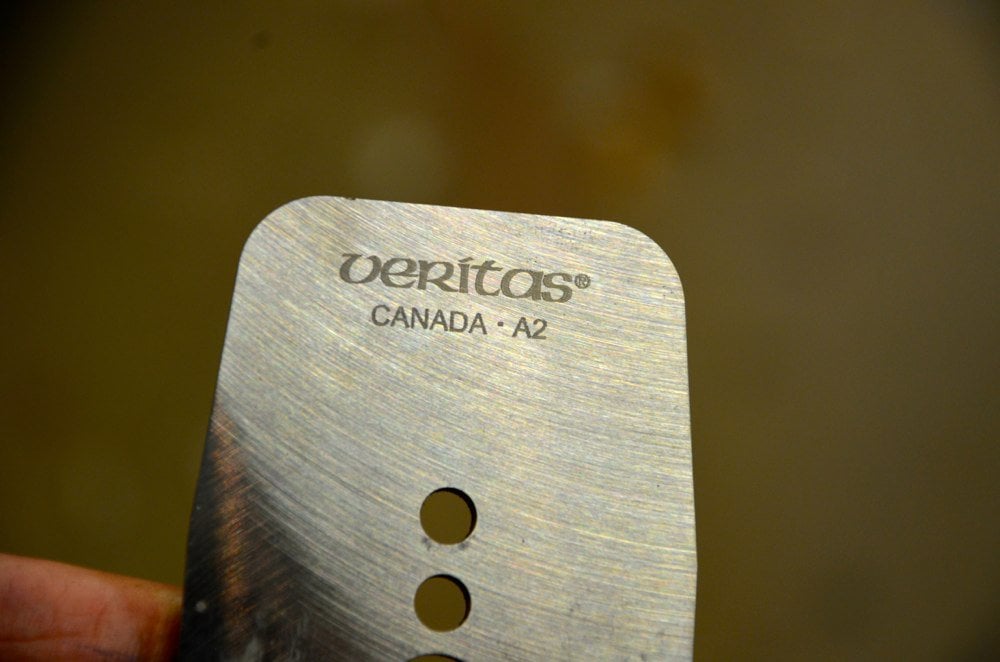I was shooting some parts for a current project when the wife walked into the shop. When I finished the current operation I looked up and noticed her. She said "I remember when you used to look at me that way". I assured her that her place in my heart was secure. Definitely a solid smidgen or two higher on the scale than my shooting plane.






 Reply With Quote
Reply With Quote





